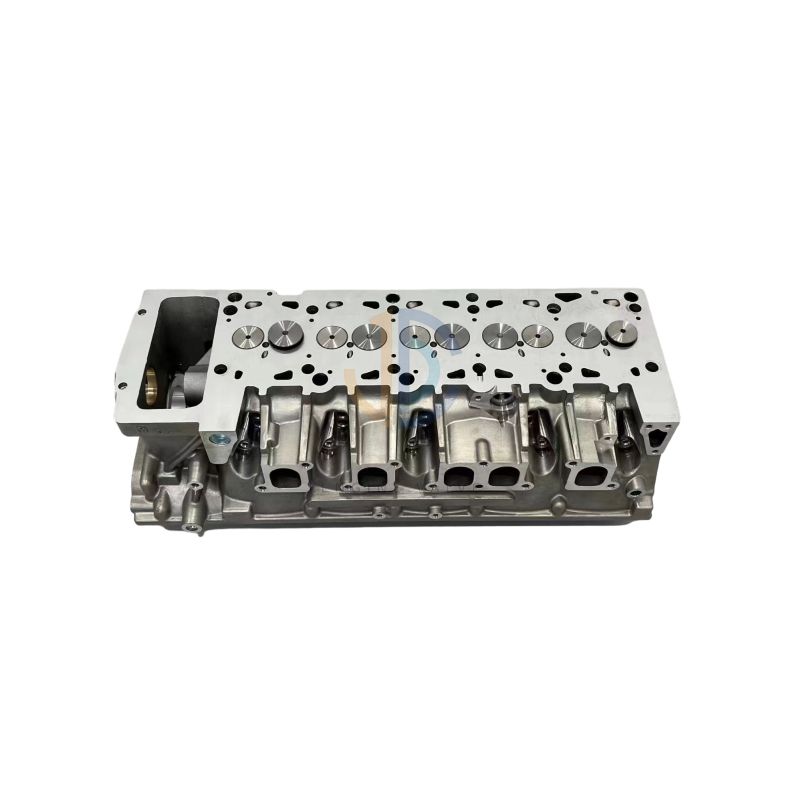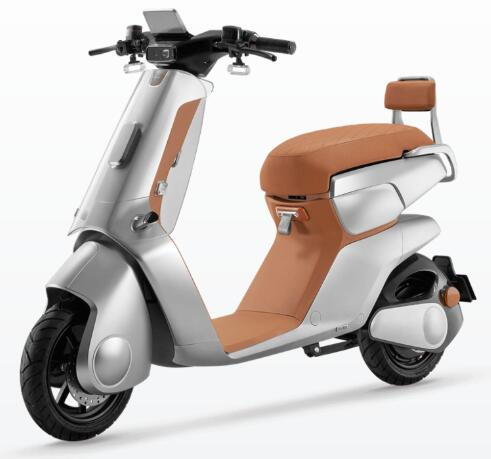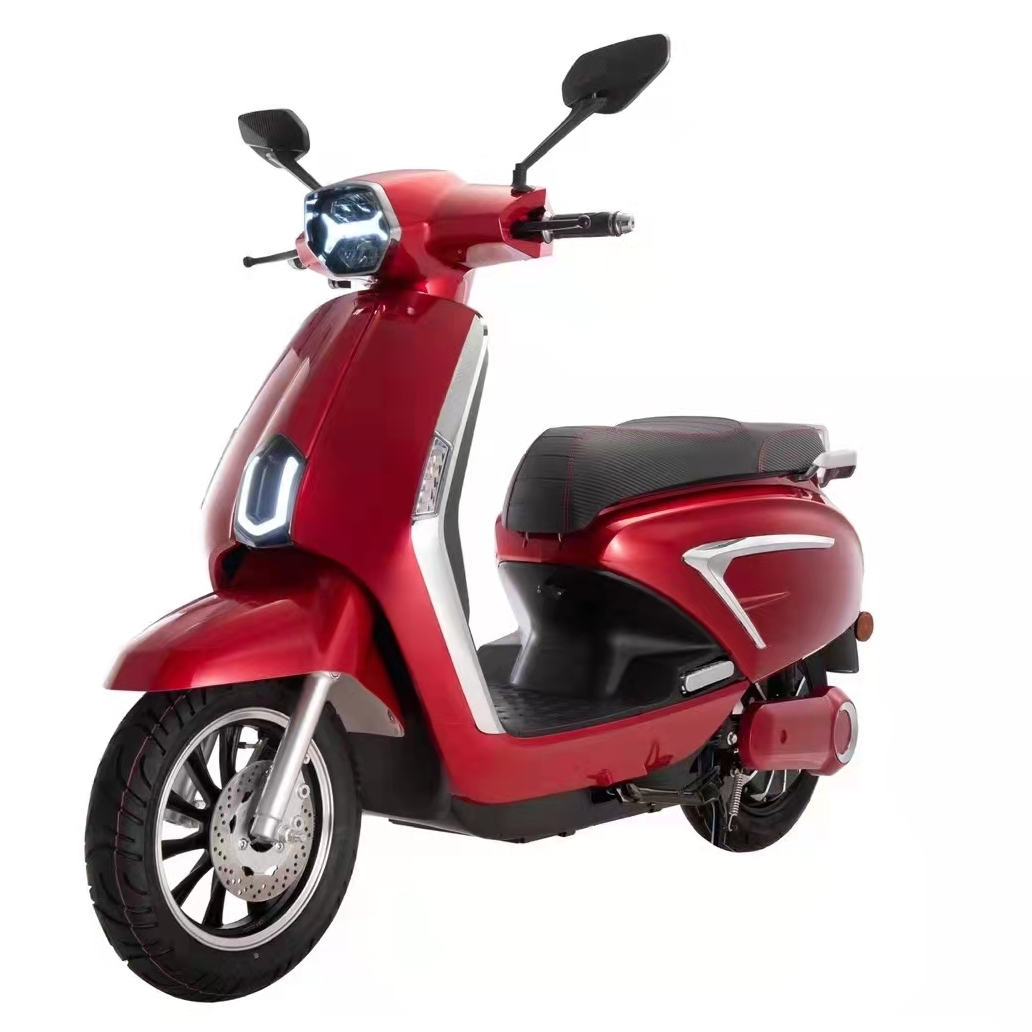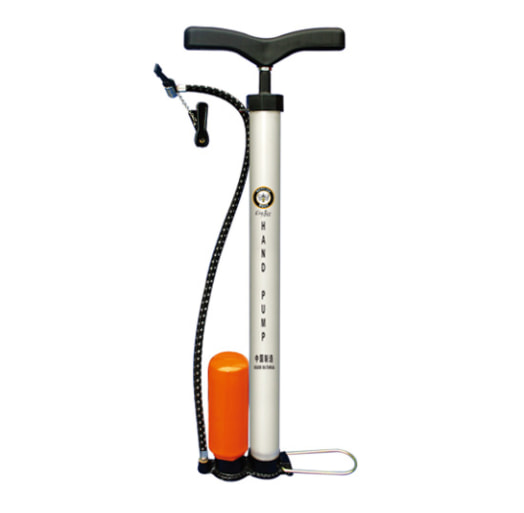6 Types of Weather Stripping You Should Consider for Your Doors
6 Types of Weather Stripping You Should Consider for Your Doors
When it comes to effectively sealing gaps from your exterior and front doors, you can never go wrong by weatherstripping them. For this reason, we’ll show you which are the main types of weather stripping.
Today, we will show you the different weather stripping types, going over the material, its best uses, and more. So keep reading to find out!

What Is Weather Stripping?
With the holiday season coming soon, more and more businesses are looking for ways to keep their clients warm and safe inside their stores.
While there are many people who choose to opt to replace their doors, this alternative can be too costly for many businesses. Luckily, this is where weatherstripping comes in real handy.
The goal of weatherstripping is simple: to keep snow and rain out while at the same time not letting any interior air escape. The result: a sealed door that cuts down your energy bill costs up to 15%! Additionally, this option helps reduce outside noise as well.
Moreover, weather stripping installation is often around any openings a place may have in which air leaks are more prone to happen. For this reason, it’s mostly used for exterior doors, windows, garage doors, and any type of door that leads to an area where there’s no HVAC.
Additionally, its most common materials include vinyl, rubber, EPDM, vinyl tubing, and metals.
Which Are the Main Types of Weather Stripping for Doors?
If you want to get the best out of weatherstripping, you must make sure to choose the right type. After all, with so many styles and materials out there in the market, it’s normal not to know which one to go for.
That’s why we decided to make this guide to the different options out there for commercial enterprises.
These are the main types of weather stripping to keep in mind:
Plain or reinforced felt weatherstrip
Metal weatherstripping
V-Strips (tension seal or tension strips)
Plastic, aluminum, and stainless steel door sweeps
Foam tape from EPDM rubber or closed-cell foam
Rubber weather stripping
Plain or Reinforced Felt Weatherstrip
Among the most common types of weather stripping for doors out there, you can find felt weather-stripping in stores sold in rolls. This type of weatherstripping can be made out of cotton, polyester, and wool and has a metal strip for reinforcement.
When applying this felt gasketing, professionals tend to vary using glue, staples, and tacks. Moreover, this material is usually the go-to option for windows and doors’ jambs.
Felt weatherstripping typically lasts between one or two years.
The best thing about this weatherstripping type is that it is incredibly affordable and available for everyone. Not only that, but it’s also easy to install, thus resulting in you in lower installation costs.
Explore more:Automobiles & Motorcycles
Metal Weatherstripping
Factors to Consider When Choosing Car Mats
When to Change the Brake Pad: A Comprehensive Guide
What are the advantages of Electric Patrol Car?
Stemco Seal Cross Reference: Finding the Right Seal for Your Needs
Common Signs of Worn Brake Pads in Commercial Vehicles
The Impact of Brake Pad Quality on Vehicle Performance
If you’re looking for an option that’ll last you decades, then you should definitely consider metal weatherstripping.
This type of weather stripping endures the most intense of climates, including strong winds and harsh freezing temperatures. Moreover, wooden doors tend to slide smoother with this material choice.
While it’s a little bit more expensive and difficult to install, this gasket option surely pays off the price.
With metal weather stripping, you can opt for various types of metals, including zinc, aluminum, and steel.
V-Strips (Tension Seal or Tension Strips)
Tensions strips (a.k.a. V-strips or tension strips) are plastic seal strips that are usually self-stick. Having a V strip helps create a protective door seal that blocks air drafts. This means that neither cold air will be coming in nor warm air will be coming out.
This type of gasketing is installed on the top and sides of doors and windows. You can install it quickly, just cutting the length you need with scissors. Because of its self-stick feature, you’ll need nothing else to fix it.
Plastic, Aluminum, and Stainless Steel Door Sweeps
Following our list of types of weather stripping for doors, we have door sweeps.
Usually made of plastic, aluminum, or stainless steel with a vinyl sponge attached, door sweeps are quite common for stores. This is because they do their job when it comes to filling the space between the threshold and the bottom of the door.
Door sweeps are among the easiest options out there for installation.
All you’ll need is a pencil, a tape measurer, and scissors. You’ll first measure your door. After getting the right measurements, you’ll cut the strip the size you need it. Last but not least, you’ll place the door sweep with the vinyl sponge touching the threshold.
Of course, this type of gasketing is mainly for doors. These are usually installed in the bottoms and sides of doors. When installing automatic door sweeps, you’ll save yourself from the trouble of the sweep dragging your carpet.
Foam Tape from EPDM Rubber or Closed-Cell Foam
Have you heard of EDPM before?
If not, then allow us to illustrate to you. EPDM is a long-lasting type of rubber that’s mainly used for roofs. Now imagine a kind of weather stripping for doors that comes from this material.
That’s precisely what foam seal tape is!
With this type of gasketing, your doors will have the same kind of protection many flat roofs have! Your doors will have years of safety and security. Not only that but also your place will count on heat and sound insulation as well!
Foam weatherstripping comes in all types of widths and thicknesses. This makes it perfect for uneven cracks and spaces.
This weatherstripping can be used in all sorts of doors and windows. Some of the most common uses are window sashes, storm windows and doors, non-opening windows, and attic hatches.
Tubular Rubber and Vinyl Weather Stripping
Usually applied around doors, this type of weather stripping for doors is among the most difficult to place. Rubber and vinyl door gasketing come with either a wood or a metal strip.
You can find tubular rubber and vinyl in your general hardware store. Sadly, its price ranges higher compared to other weather-stripping materials. Not only that, but it also can be somewhat of a challenge for when it comes to installing it.
Tubular rubber and vinyl gasketing, however, can be long-lasting. Its lifespan is that of 5 years! Last but not least, it grants your doors an incredible air barrier. In other words, you’ll have fewer air leaks, thus meaning lower electricity bills!
Exploring the Latest Auto Spare Parts Trends
The Ultimate Guide to Finding Quality Auto Spare Parts
Power Steering Oil Seal vs. Power Steering Pump: What's the Difference?
Do You Know TG4 Oil Seal?
Kubota Oil Seal Replacement Cost: Budgeting for Maintenance
Should I Replace All 4 Brake Pads at Once?
About Car Engine Valves Price
133
0
0
Previous: The Benefits of an Air Suspension System
Related Articles
-
247
0
0










Comments
All Comments (0)